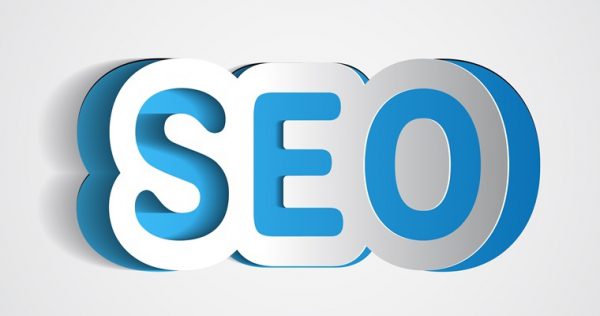While off-page SEO deals with signals of external web presence, such as link backs to your site, on-page SEO is the process of optimising the pages of your website, including the images, content, URLs, meta tags, and internal links. To get the best results and highest conversion rates, continue reading to learn five essentials that you need to implement when performing on-page SEO.

1. Optimise Your Title Tags
After you’re done creating SEO-rich and engaging content for your webpages with the help of an SEO agency UK, it’s time to optimise the title tags. This is essentially the subject of a particular page, so you need to include the primary keyword for that page, as well as an additional primary keyword, if possible. Then set up a permalink structure and add your brand’s name at the end. This will show up in search engine results but it won’t affect the minimum length for optimisation. Remember, title tags can’t exceed 60 characters.
2. Content Should Be Keyword-Rich
When developing the content for your site, you want to be certain that it’s engaging to keep readers interested, but it also needs to be rich with keywords. Before you write your content, create a targeted keyword list and then optimise every webpage for just one or two of those keywords. Use primary keywords throughout your site’s content a few times, and add additional thematically related keywords.
3. Optimise the URL Structure
If your website’s URL structure is not optimised, it will actually confuse both viewers and search engines. Therefore, the cleaner you can keep the URL structure, the better. Remember, the character limit for most search engines is 2,000, so keeping it short is important too. Essentially, your URL structure should contain your primary and secondary keywords, should be free of excessive information, and should be very easy to use. And never use any characters other than hyphens when separating keywords in the URL.
4. Take Advantage of Internal Linking
Thankfully, internal linking is really easy. All you have to do is create links from one of your webpages to another. Just be sure that every webpage has a link back to your homepage. Utilise strong anchor terms that include the webpage’s primary keywords as well, and link back to that page’s category or sub-category page too.
5. Work on Your Image Alt Text
The images you use throughout your site should be geared towards increasing engagement and strengthening your message. To optimise these images, however, you’ll have to describe them within your page’s HTML. Each image needs to have a title that references the action of the image. Then add keywords to each image’s Alt Text so that search engines can read it. Make sure to keep all of the Alt Text related to your theme for that webpage.
On-page SEO is an essential component to getting your website to show up in search engine results. By following these five essential strategies, you can perform on-page SEO on every page of your website with greater ease and effectiveness.





